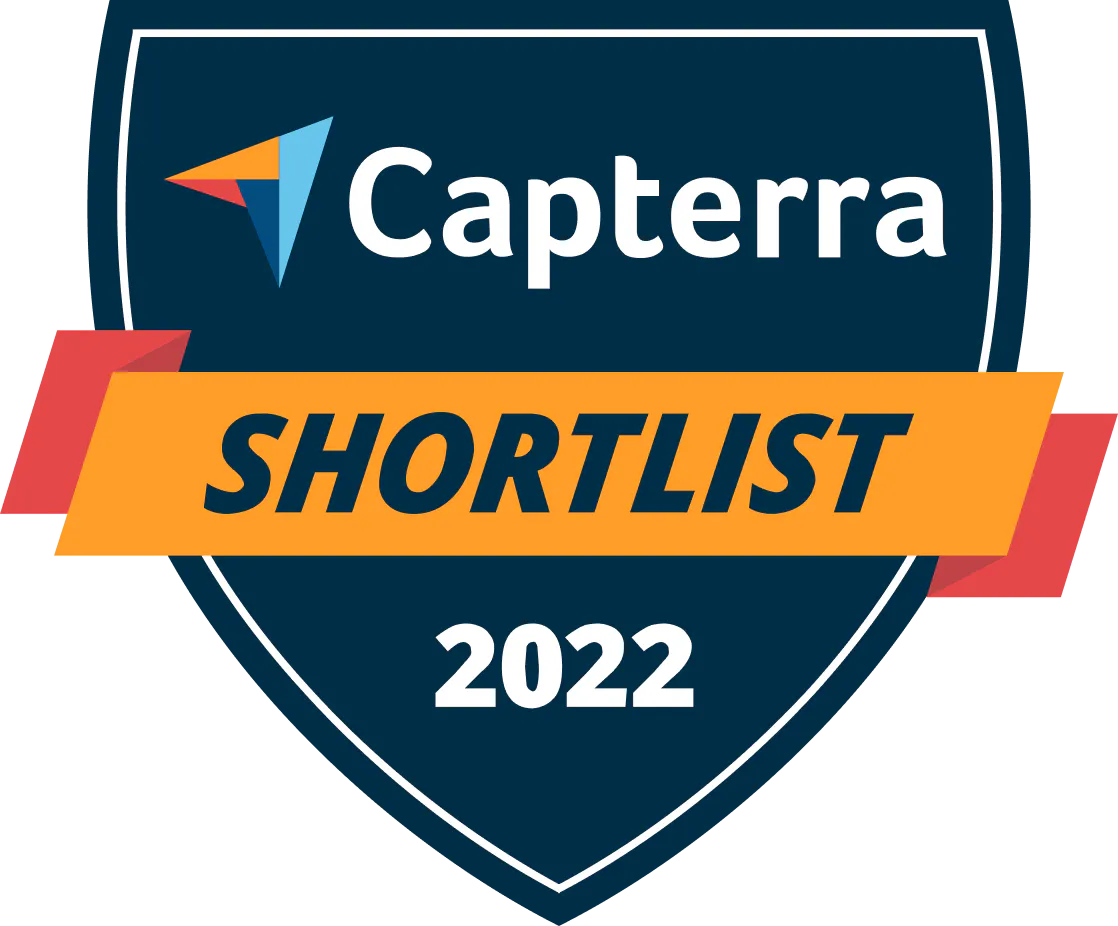Welcome to the UpKeep Learning Center
We are here to help you find anything you need to know.
Filter your results
Showing 21 of 712
Schedule Compliance | What Is Schedule Compliance?
Schedule compliance is a maintenance metric that measures the percentage of time that scheduled work...
Equipment Maintenance Log [Template & Benefits] - UpKeep
An equipment maintenance log is a simple document that records all activities that have been...
What is an Operation and Maintenance Manual?
An operations and maintenance manual details systems-level and equipment-level information to facilitate an efficient O&M...
Predictive Maintenance Definition and Techniques
Predictive maintenance is a type of condition-based maintenance that monitors the condition of assets through...
What's Routine Maintenance? It's Important. Here's Why.
Routine maintenance is the regular inspection and servicing of machines and systems that keep operations...
Industrial Maintenance | What Is Industrial Maintenance?
Industrial maintenance is the application of reliability best practices to increase equipment uptime in a...
Compare Corrective vs Emergency Maintenance
Corrective maintenance occurs during routine inspections and PMs; emergency maintenance occurs in response to hazards.
Reliability Engineer
Reliability engineers are responsible for identifying and managing asset reliability risks, and then working to...
P-F Curve Explained - Everything You Need to Know
A P-F curve is a graph that shows the health of equipment over time to...
What Is Lockout Tagout? 7 Steps to Reach LOTO Safety
Lockout/tagout also known as LOTO refers to safety practices and procedures that ensure dangerous machines...
What Is On-Demand Facilities Management?
On-demand facilities management focuses on delivering facility management support and services in temporary and unusual...
What Is Thermography?
Thermography is a standard addition to an organization's arsenal of analysis tools. It has proved...
What is 3PL?
3pl refers to third-party logistics, which means that an outside company takes over the receiving,...
What is maintenance planning?
Maintenance planning is the process of determining what maintenance work should be done and how...
What Is Utility Management?
Utility management means understanding how various energy, waste, and water usage metrics impact your business.
What Is Single-Minute Exchange of Dies (SMED)?
Single-minute exchange of dies (SMED) is a strategic process that reduces the amount of time...
What Is Production Efficiency?
Production efficiency, also known as productive efficiency, identifies the conditions in which goods can be...
What is a Purchase Order and What to Include?
Purchase orders (PO) are created to start a purchasing relationship with an outside vendor or...
What is employee engagement?
Employee engagement discerns whether staff understand the company’s vision, feel invested in the business, and...
How to Be a Better Leader and Improve Workplace Safety Through Positive Behavior Reinforcement
Positive behavior reinforcement can drive improvement in the safety of your organization. It guides people...
Barcoding Inventory: How to Implement the Barcode System
How to Implement a Barcoding Inventory System in the time it takes your average person...
Page 1 of 34
- ...
Filter
4,000+ COMPANIES RELY ON ASSET OPERATIONS MANAGEMENT
Leading the Way to a Better Future for Maintenance and Reliability
Your asset and equipment data doesn't belong in a silo. UpKeep makes it simple to see where everything stands, all in one place. That means less guesswork and more time to focus on what matters.


![[Review Badge] GetApp CMMS 2022 (Dark)](https://www.datocms-assets.com/38028/1673900459-get-app-logo-dark.png?auto=compress&fm=webp&w=347)
![[Review Badge] Gartner Peer Insights (Dark)](https://www.datocms-assets.com/38028/1673900494-gartner-logo-dark.png?auto=compress&fm=webp&w=336)
